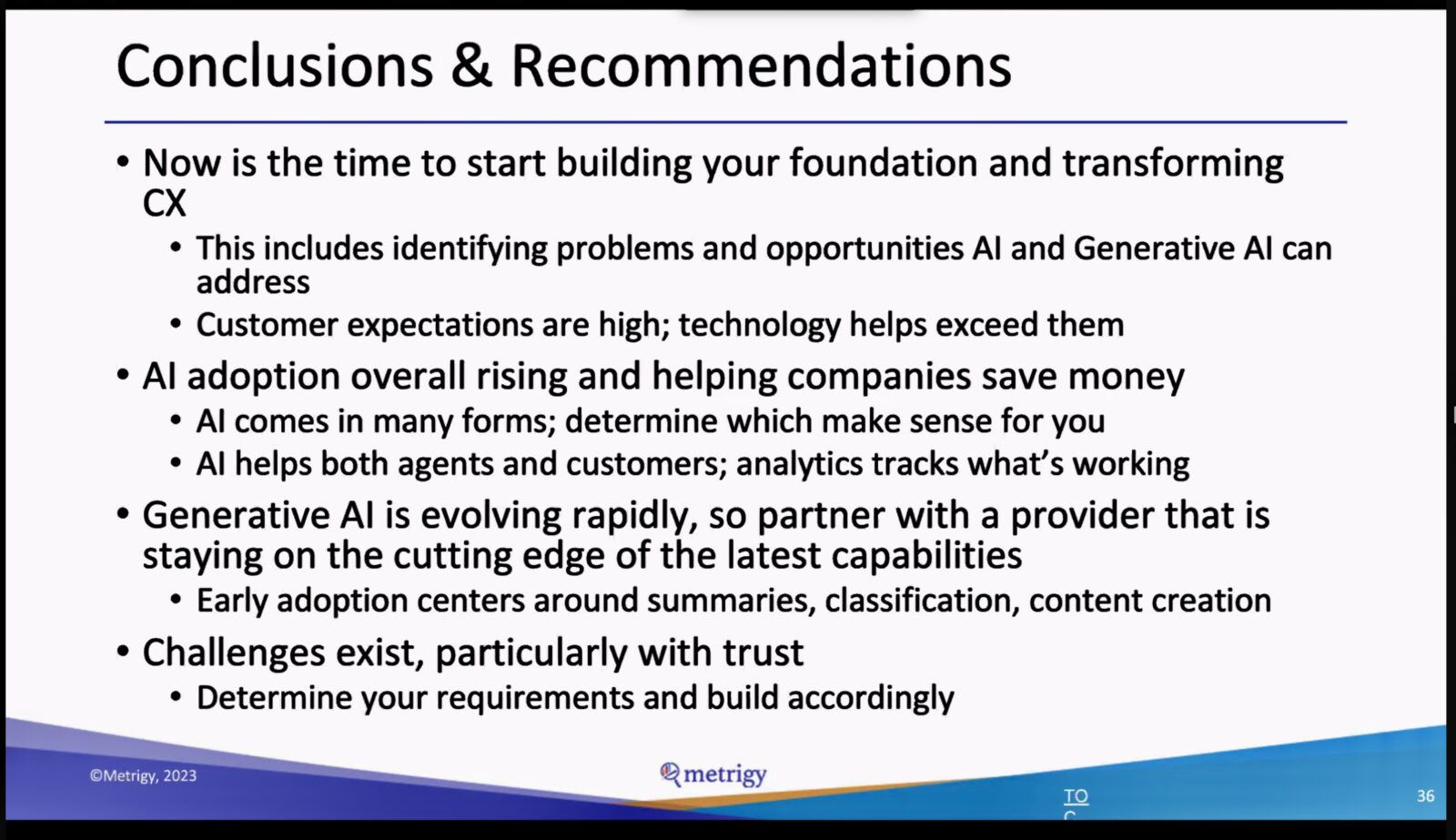How can you create a customer experience (CX) roadmap that optimizes cost, revenue, and quality, while still putting the customer first? Gordon Littley, CX strategy, Avaya, says the BEST approach – Better Every Single Time – can help your organization consistently deliver on changing customer expectations.
“Lots of small but impactful changes will beat ‘big bang’ initiatives on every measure, whether financial or customer related,” said Littley. “As long as you are evolving your CX strategy to meet customer expectations, you will realize the promised gains.”
In his presentation at an Avaya ENGAGE session, “How to Create a CX Strategy That Optimizes Return and Mitigates Disruption,” Littley defined CX as the quality of a customer engagement relative to customer expectations. “When you deliver or over-deliver on either aspect, you will have good CX outcomes,” he said. “But need to realize that customer expectations are constantly going up.”
Looking for innovation
While organizations are deploying new solutions on regular basis, CX metrics are actually declining, according to Littley. One reason is that IVR technology is decades old, and the introduction of chatbots hasn’t resulted in great customer experiences, he said.
Littley added that traditional contact center metrics like net promotor score (NPS) customer satisfaction (CSAT) and first call resolution (FCR) only indicate what the customer is thinking. “These metrics don’t tell you why they feel that way or how things could be better,” he said. “To get those answers, you need to involve your customers and your employees who interact with them every day.”
In developing new CX strategies, Littley suggested looking at five innovation layers:
• Interactions. Look at these voice or digital conversations as opportunities to learn, instead of expenses to avoid.
• Automation. Finding quick and simple ways to serve customers.
• Information. Gather customer data and share the information with employees.
• Insight. Analyze the data to find better ways to provide a better experience.
• Alliances. Look for partnerships that could benefit your customers and add value to their interactions with your organization.
Finding the sweet spot
Innovative actions cost money, so organizations have to find the “sweet spot” of meeting or exceeding customer expectations without overspending, Littley said. “While everyone wants to drive costs out of business, you have to do it in such a way that it doesn’t compromise CX. That means doing little things correctly, while keeping an eye on the big picture.”
But each successful innovation step can create an opportunity to invest in the next one, he added, noting that most well-planned projects will result in at least a 10 percent cost reduction.
Summing up his key takeaway, Littley recommended a stairstep approach to CX investments. “This strategy can drive innovation on an incremental basis that can be self-funded as each improvement delivers a positive financial return,” he said. “Big bang initiatives have a high propensity to fail. A non-disruptive strategy that involves lots of small changes will win every time.”

